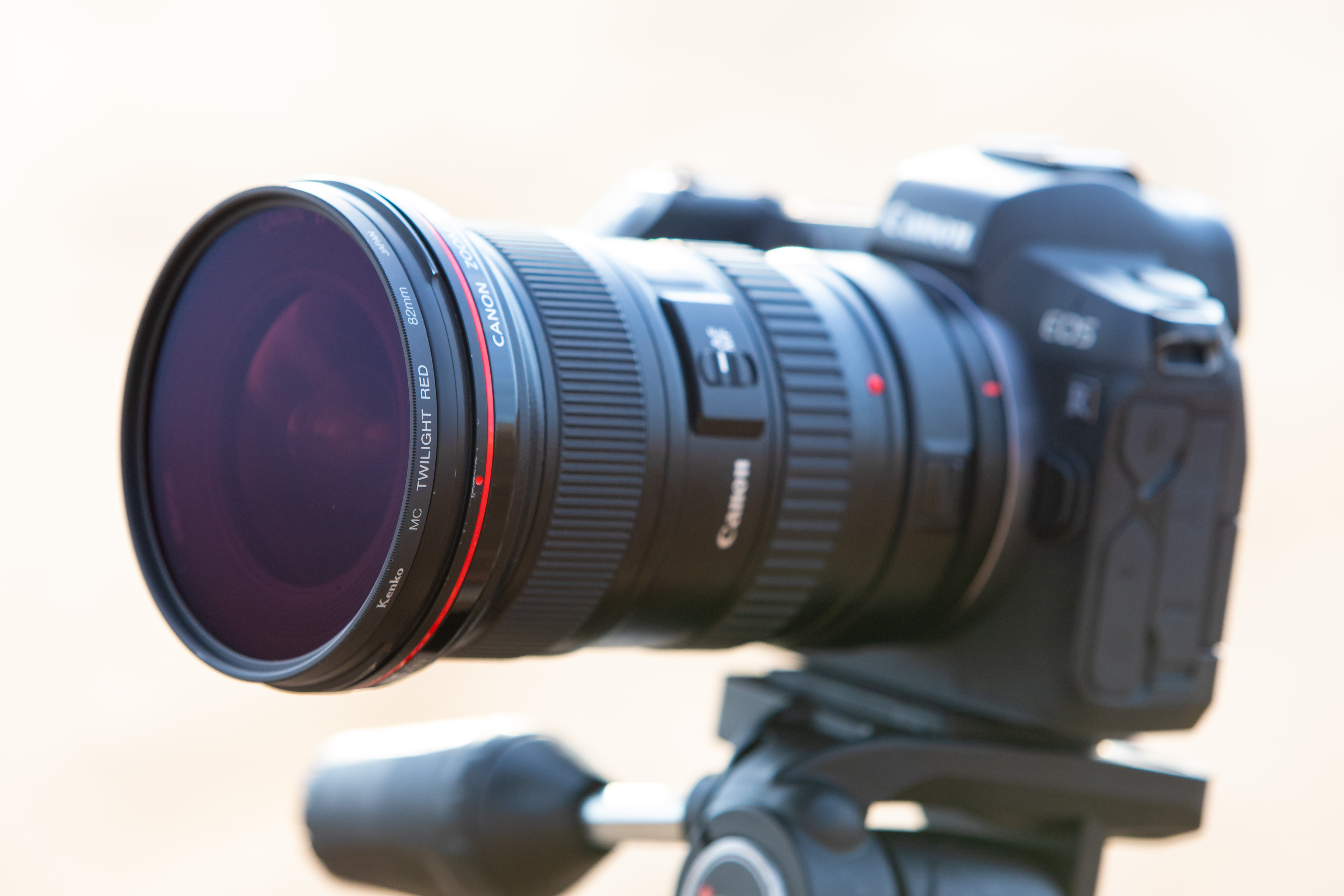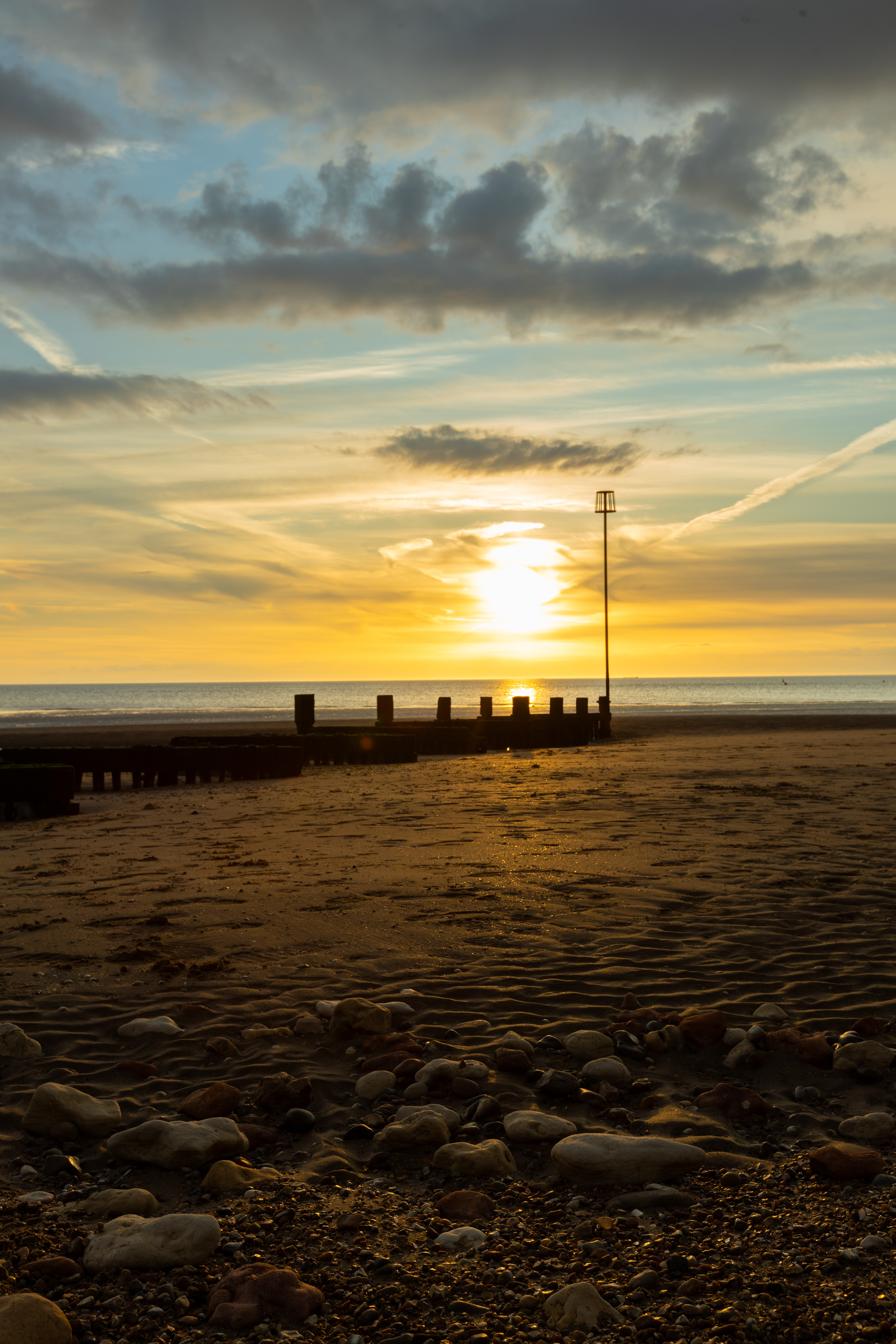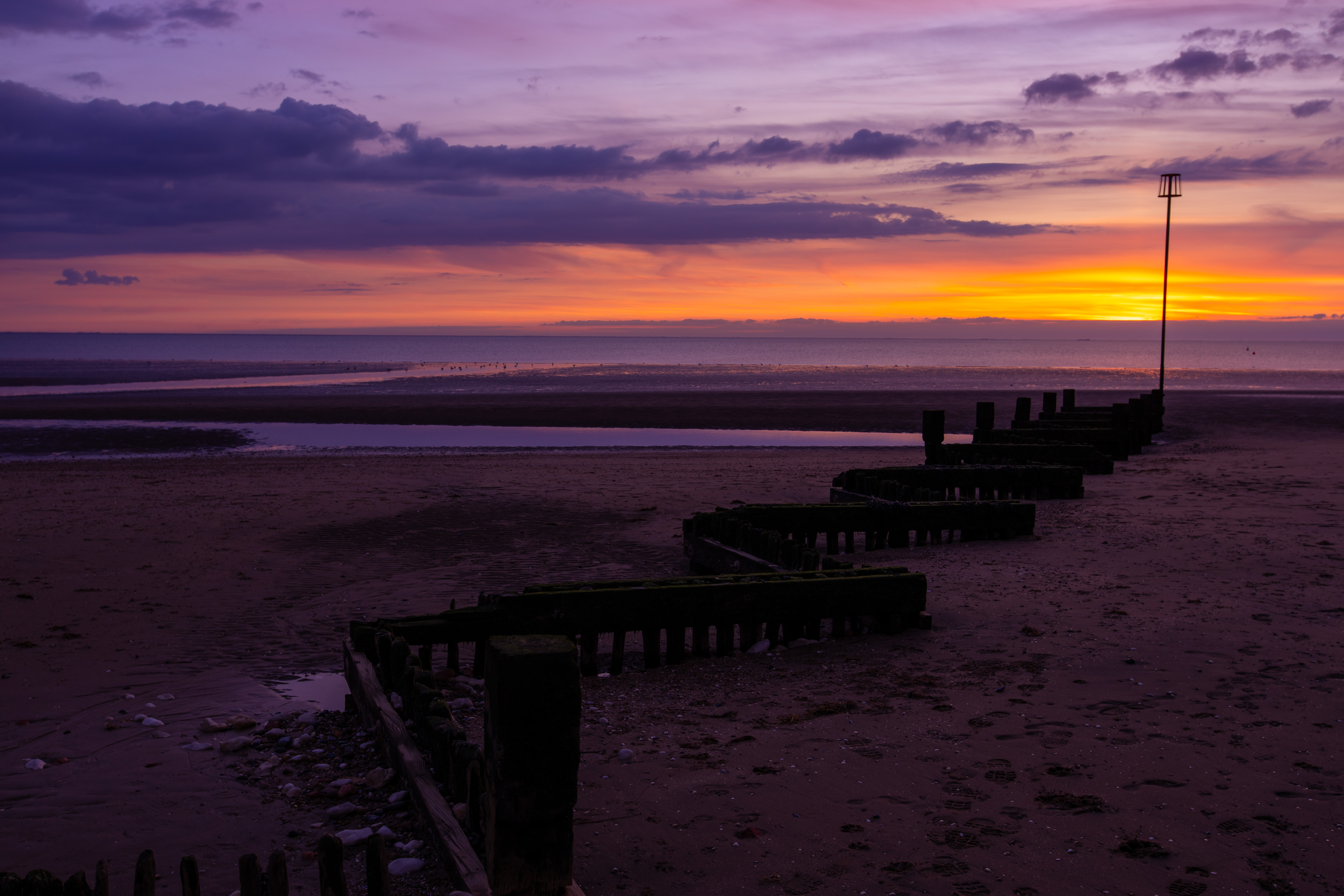
For landscape photographers, twilight offers some of the best lighting to bathe your scenes in, from the rich golden hour tones around sunrise and sunset or the more muted pastel colors you see when the sun dips below the horizon.
Kenko's MC Twilight Blue and Red filters claim to help you "take inspiring photos of the sky during twilight" and are color filters designed specifically for dawn and dusk photography.
While both filters have been designed to work around twilight, the Red filter is best for enhancing the naturally warm colors around sunrise and sunset when the sun is above the horizon, while the Blue iteration is better for the cooler tones found in blue hour when the sun has set.
It's also worth noting that both Red and Blue filters suppress the green light pollution that comes from mercury and fluorescent lights so they're ideal for early morning or late evening cityscapes too.
Samuel Throneley, from Kenko Tokina Co Ltd, Global Sales Division says the filters produce a "more authentic representation of color that is difficult to reproduce in software".
We got hold of the 82mm versions for both MC Red and MC Blue, then headed to the coast to shoot in the magical golden and blue hours at sunset to give them a thorough test and find out if they deserve your hard-earned cash.
Specifications
Build & Handling

Kenko's MC Twilight Blue and Red filters are both manufactured in Japan, denoting high quality and a premium build. The pair of filters both aimed at sunrise and sunset shooters come available in a broad range of sizes to fit lenses with filter threads ranging from 49mm all the way up to 82mm and all the common sizes in between.
The filters also come well packaged in a hard plastic UV cut case for storage, with Kenko suggesting you keep the filters in the case out of direct sunlight and away from high temperatures when not in use. Presumably, this is to prevent sun bleaching from extended direct sunlight exposure.
The filters both have a depth of 6mm, though only protrude by 4mm when attached to your lens as its male thread measures 2mm.

Both the MC Twilight Blue and Red filters can also be stacked together for unique purple tones that work well in either the golden or blue hours around sunrise and sunset.
If you were wondering what the 'MC' stands for in the product name, it's Multi-Coat. It employs multiple AR (anti-reflection) coatings to prevent optical flares and random reflections when shooting towards the sun which is how the filters are designed to be used for sunrise and sunset photography. Sadly, they don't feature a water-resistant coating but this shouldn't be too much of an issue as you'll likely to be shooting in clear, sunny conditions at dawn or dusk.
Performance
Both filters halve the lightflow into the camera, in other words, they reduce the light by about one full f/-stop. This can somewhat work to your advantage when shooting at twilight where you might want to underexpose your images to create striking silhouettes in your landscape scenes or extend the shutter speed to capture motion in waves or clouds.
Even when the bright sun had set below the horizon it was still quite tricky to balance the exposure between bright sky and deep dark foreground, especially as the filter halves the lightflow. We found it sometimes worked best to zoom in on faraway subjects to avoid including any foreground altogether.




We didn't see any signs of vignetteing with either of the filters even at the widest end of our 16-35mm lens. Though it did become an issue when stacking the Blue and Red filters together - but could be remedied with software or zooming into around 20mm to crop out the most offending dark areas.
This also makes it trickier to use the filters in conjunction with other filter favorites for landscapes, like a circular polarizer (CPL), neutral density (ND), or graduated neutral density (GND) filters. Again we had to zoom in to around 20mm to stop our LEE filter holder appearing in the frame when it was attached to one of the Twilight filters.
The twilight filters each halves the light coming into the lens so perhaps the need for a neutral density filter would be somewhat negated anyway.
You can also stack both the Twilight Red and Blue together to create purple tones, though vignetting is a problem when stacking at ultra-wide focal lengths like 16mm on a full-frame body. As each of the filters reduces the flow of light by a full stop, stacking them together will leave you with just one-quarter of the natural light coming into the camera, so you'll need a slower shutter speed, wider aperture, or higher ISO to compensate, or use the reduced lightflow to create striking silhouettes. This also means a tripod is a smart idea when using them.
If you have Auto White Balance enabled on your camera it will try to correct for the blue and red color cast, so you need to remember to set your camera to a custom WB setting and then also fine-tune the colors when editing the RAW files back in editing software such as Adobe Photoshop CC or Lightroom Classic CC to get the colors looking perfect.




Verdict
We were able to find all of Kenko's MC Blue and Red Twilight filters in stock on Amazon for all of the filter thread sizes from the smallest 49mm, up to the largest 82mm.
Prices for both start at $33 / £27 and gradually increase up to $80 / £70 for the largest option. We would always suggest buying the filter size that fits your largest lens so that you can use cheap step-up rings to make the filters compatible with lenses that use a smaller front filter thread as this is more economical than purchasing a set of filters for every lens.
For the 58mm at the time of review, it's not cheap but it's also by no means the most expensive filter in the world - these smaller sizes are likely to work well with kit lenses such as Canon's EF-S 18-55mm f/3.5-5.6 IS STM. The price point also makes it an ideal gift that won't break the bank.
For more professional lenses, including ultra-wide angles, and zooms like the Canon EF 16-35mm f/2.8L USM we used for our testing, you're going to have to spend more to cover their larger filter thread attachments.
As you're going out to take pictures at sunrise and sunset anyway it probably makes sense to stock up on both the MC Twilight Red and Blue versions so you can make the most of both the golden hour and the blue hour that precedes or follows it (depending on whether you go out in the morning or evening). This also then allows you to stack the two together for unique purple tones so you get the full potential from the two filters.
For professionals with larger wide-angle lenses you're looking at spending about $160 / £140 for the pair, so is it worth it? If you're really into landscapes and love shooting sunrise and sunset scenes, and you also find that your colors are coming out a little flat straight from camera then these would be a great option. Although a tad pricey, they do have a premium Japanese build, top image quality, and multiple coatings which all help boost their value.







